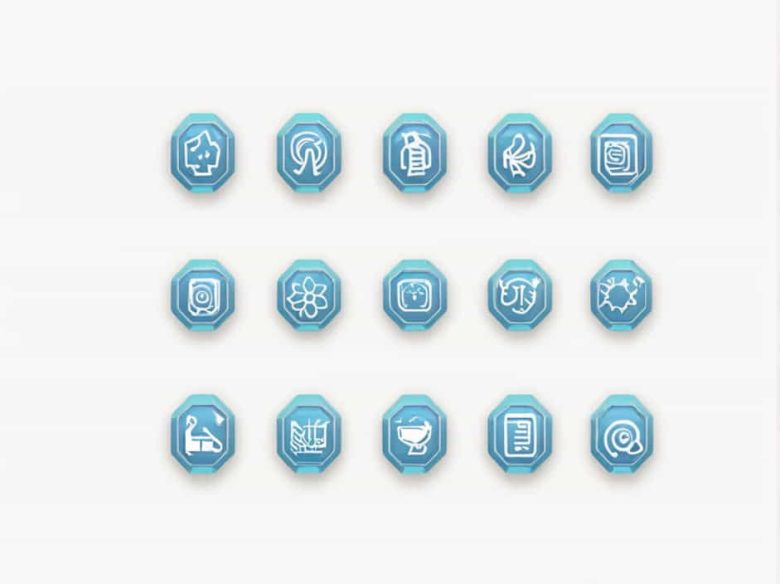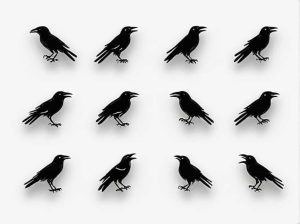Genes carry the instructions for all the traits and functions of living organisms. These genes are stored within threadlike structures called chromosomes. Found inside the nucleus of most cells chromosomes play a crucial role in inheritance growth and overall cellular function.
Understanding what chromosomes are how they function and their role in genetics is essential for comprehending heredity genetic disorders and cellular reproduction.
What Are Chromosomes?
Chromosomes are thin threadlike structures made of DNA and proteins. They act as storage units for genetic information ensuring that DNA is accurately copied and passed on during cell division.
Key Characteristics of Chromosomes:
- Composed of DNA and histone proteins.
- Found in the nucleus of eukaryotic cells.
- Contain genes which determine traits and functions.
- Exist in pairs in most organisms.
Each species has a specific number of chromosomes. For example:
- Humans have 46 chromosomes (23 pairs).
- Dogs have 78 chromosomes.
- Fruit flies have 8 chromosomes.
Structure of Chromosomes
1. DNA and Histones
Chromosomes are primarily made of deoxyribonucleic acid (DNA) wrapped around proteins called histones. This coiling helps pack the long DNA strands into a compact structure allowing it to fit inside the nucleus.
2. Chromatin and Chromosomes
When a cell is not dividing DNA exists as chromatin a loose and uncoiled form. However before cell division chromatin condenses into the recognizable X-shaped chromosomes.
3. Centromere and Chromatids
A chromosome consists of:
- Two chromatids (identical DNA copies).
- A centromere which holds the chromatids together.
During cell division these chromatids separate ensuring each new cell receives a complete set of genetic information.
How Chromosomes Contain Genes
Each chromosome is made up of thousands of genes which are sections of DNA that provide instructions for making proteins.
How Genes Work:
- Genes are specific sequences of DNA.
- They contain codes for proteins that determine traits.
- Genes pass from parents to offspring influencing inheritance.
For example:
- A gene on chromosome 11 determines hemoglobin production in red blood cells.
- Genes on chromosome X and Y determine biological sex in humans.
Since chromosomes carry genes any changes or mutations in chromosome structure can lead to genetic disorders.
Types of Chromosomes
1. Autosomes and Sex Chromosomes
Humans have two types of chromosomes:
- Autosomes (22 pairs): Control general body traits like height and eye color.
- Sex Chromosomes (1 pair): Determine biological sex (XX for females XY for males).
2. Homologous Chromosomes
Each individual inherits one chromosome from each parent forming homologous pairs. These pairs contain the same genes but may have different versions (alleles).
Chromosomes and Cell Division
Chromosomes play a crucial role in mitosis and meiosis two types of cell division.
1. Mitosis (Cell Growth and Repair)
- Ensures each new cell gets an identical set of chromosomes.
- Happens in somatic (body) cells.
- Important for growth healing and maintenance.
2. Meiosis (Reproduction)
- Produces sperm and egg cells with half the number of chromosomes.
- Ensures genetic diversity through recombination.
These processes maintain chromosome numbers in species across generations.
Chromosomal Disorders and Mutations
Errors in chromosomes can lead to genetic disorders affecting health and development.
Common Chromosomal Disorders:
- Down Syndrome: Caused by an extra copy of chromosome 21.
- Turner Syndrome: Occurs when a female is missing one X chromosome.
- Klinefelter Syndrome: Affects males with an extra X chromosome (XXY).
These disorders result from chromosomal mutations or abnormal numbers during cell division.
Why Are Chromosomes Important?
1. Carry Genetic Information
Chromosomes ensure DNA is stored protected and transmitted correctly.
2. Control Inheritance
Genes within chromosomes determine physical and biological traits passed from parents to offspring.
3. Influence Health and Disease
Understanding chromosomes helps diagnose and treat genetic disorders and hereditary conditions.
Chromosomes are the threadlike structures that contain genes storing and organizing genetic material. They play a critical role in inheritance cell function and reproduction.
By understanding how chromosomes work scientists can study genetics evolution and medical conditions leading to advancements in medicine and biotechnology.



